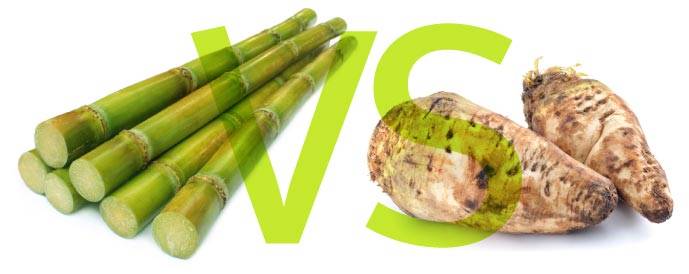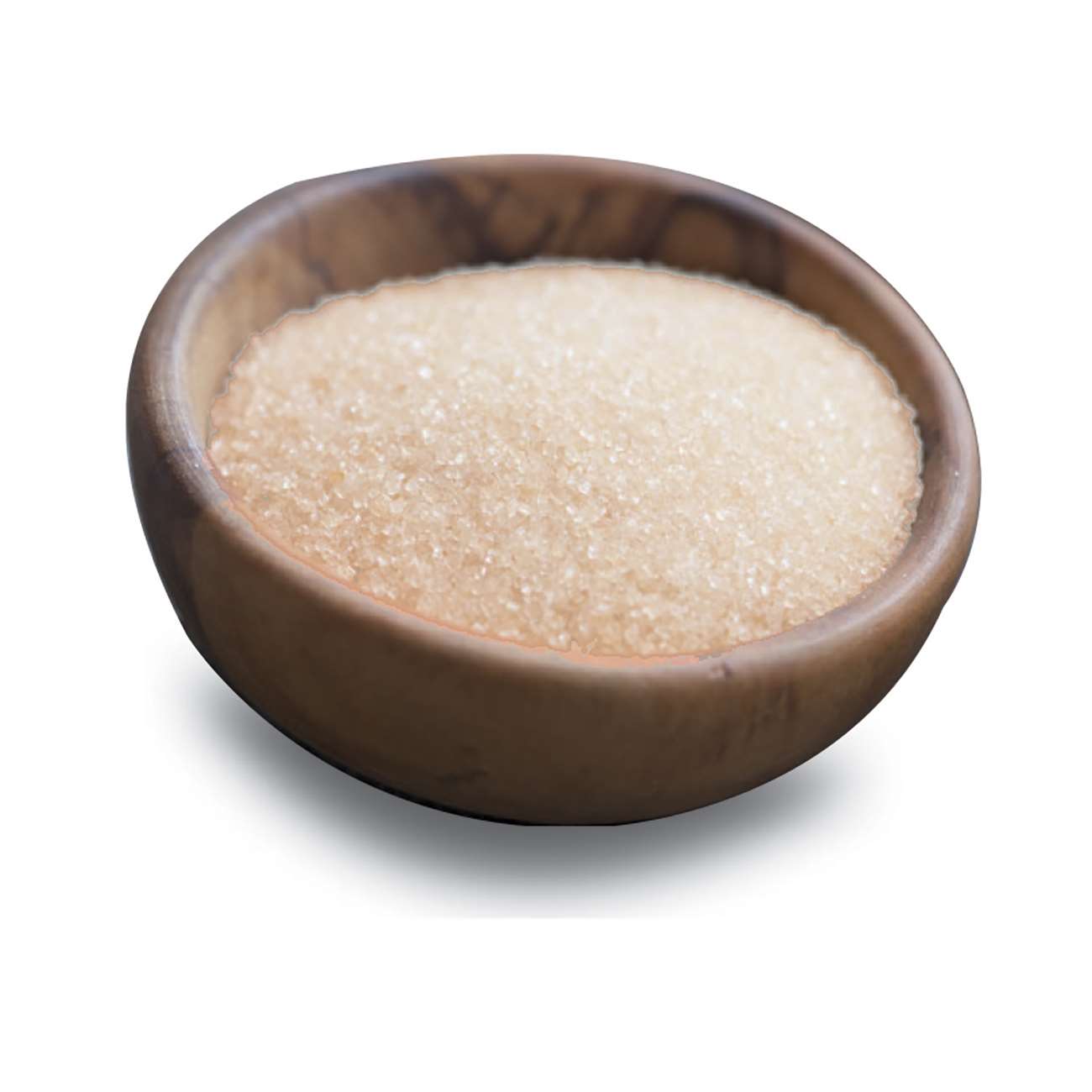Cane Sugar Processing: From Field to Table-- A Step-by-Step Overview
Cane Sugar Processing: From Field to Table-- A Step-by-Step Overview
Blog Article
Recognizing the Crucial Strategies and Technologies Utilized in Modern Walking Stick Sugar Processing
The evolution of walking cane sugar handling has actually been considerably shaped by the combination of advanced strategies and modern technologies that attend to both performance and sustainability. Enzyme-assisted extraction and advanced refining methods have transformed return optimization, while automation facilitates operational integrity. Furthermore, the emphasis on sustainable practices reflects a growing understanding of environmental effect. As we explore these important advancements, it ends up being important to analyze how they not only boost manufacturing but additionally align with wider sector trends and customer needs, questioning about the future of sugar handling and its ramifications for international markets.
Historical Context of Cane Sugar Handling
The historical context of cane sugar processing exposes an abundant tapestry of agricultural innovation and cultural exchange that has shaped its advancement over centuries. Coming From Southeast Asia, sugarcane was grown as early as 8000 BCE - Cane Sugar Processing. The procedure of fine-tuning and removing sugar gained energy in India, where approaches for formation were improved around the sixth century. This understanding passed through to the Center East, and by the 12th century, sugar became a valued commodity in Europe, causing the facility of sugar vineyards in the Mediterranean.

Advanced Removal Methods
Performance in walking cane sugar removal has seen significant developments, driven by the requirement for greater returns and reduced manufacturing prices. This strategy not just boosts sugar yield yet also reduces the energy required for processing.
Additionally, the adoption of membrane layer filtration innovations, such as nanofiltration and reverse osmosis, has transformed the separation of sugar from impurities. These methods permit the selective permeation of sugar particles while maintaining larger pollutants, improving the extraction procedure and decreasing waste.
In addition, the integration of continuous extraction systems has actually brought about enhanced operational efficiency. Cane Sugar Processing. These systems maintain a consistent circulation of walking stick material, ensuring optimum removal conditions and decreasing downtime related to set handling
Ingenious Refining Technologies
Refining techniques in walking cane sugar processing have actually undergone a transformative shift, driven by the demand for greater purity and enhanced item high quality. One of one of the most significant technologies is the adoption of membrane layer filtering technologies, such as ultrafiltration and nanofiltration. These processes efficiently remove impurities and colorants without the requirement for comprehensive chemical therapies, thus maintaining the sugar's natural taste and enhancing its charm.
An additional substantial these details improvement is making use of ion exchange resins, which enable selective removal of undesirable ions from sugar solutions. This innovation not just enhances the general pureness of the final product however additionally adds to lowered waste and environmental effect.
Furthermore, developments in adsorption strategies, making use of activated carbon and other advanced materials, have actually confirmed effective in decolorizing sugar services while preserving optimum top quality. The integration of these cutting-edge refining technologies guarantees that makers can create polished sugar with premium quality and taste, meeting the progressing choices of consumers.
Automation and Control Systems
Recent developments in refining innovations have actually led the way for considerable enhancements in automation and control systems within walking stick sugar handling facilities. These systems use advanced software application and hardware to improve operational efficiency, decrease human error, and ensure consistent item top quality.
Modern automation integrates different components, including sensing units, actuators, and programmable reasoning controllers (PLCs), making it possible for real-time surveillance and control of important processes. For instance, flow, stress, and temperature prices can be exactly regulated during removal, information, and condensation stages, maximizing performance and reducing waste.
Moreover, progressed data analytics and artificial intelligence formulas play a critical duty in anticipating upkeep, enabling operators to prepare for equipment failings before they occur. This positive strategy not just decreases downtime yet likewise extends the life-span of machinery.
Additionally, automation helps with the implementation of Sector 4.0 principles, empowering sugar mills to accomplish greater connectivity and information exchange across procedures. Therefore, decision-making ends up being even her response more educated and dexterous, eventually boosting the general competitiveness of walking cane sugar production. With these innovations, the industry is well-positioned to satisfy expanding global needs while keeping operational excellence.
Sustainability Practices in Sugar Manufacturing
Sustainability practices in sugar production have ended up being increasingly important as the market looks for to stabilize economic viability with ecological responsibility. As consumer understanding expands pertaining to the ecological impacts of agricultural techniques, sugar manufacturers are adopting ingenious techniques to lower their ecological impact.
One substantial approach is the application of precision farming strategies, which make use of data analytics to optimize source use, such as water and fertilizers. This decreases waste and lessens the influence on neighborhood communities. Moreover, lots of manufacturers are transitioning to renewable resource sources, such as biomass from sugarcane results, to power their procedures, therefore lowering dependence on fossil gas.
Water management methods are likewise vital; rain harvesting and effective irrigation systems assist alleviate water shortage problems. Cane Sugar Processing. Additionally, integrated pest monitoring strategies minimize chemical usage, promoting biodiversity and soil health
Corporate social responsibility campaigns are arising, with companies purchasing regional neighborhoods and making sure fair labor practices. By embracing these sustainability techniques, the sugar market not only enhances its credibility but additionally adds to a much more sustainable agricultural landscape, paving the means for future generations.

Final Thought
In summary, modern-day walking stick sugar processing incorporates a variety of advanced strategies and modern technologies that considerably enhance sustainability, return, and effectiveness. Collectively, these innovations position the cane sugar market to meet modern demands while dealing with crucial international difficulties.
The evolution of walking stick sugar processing has actually been considerably formed by the integration of innovative strategies and modern technologies that address both performance and sustainability.The historical context of walking stick sugar handling discloses an abundant tapestry of agricultural advancement and social exchange that has formed its development over centuries. Innovations in milling and refining arised, laying the foundation for contemporary walking cane sugar handling.Refining techniques in cane sugar handling i loved this have actually gone through a transformative shift, driven by the need for higher pureness and boosted product high quality.In recap, modern walking stick sugar handling incorporates a variety of innovative strategies and innovations that dramatically enhance sustainability, efficiency, and yield.
Report this page